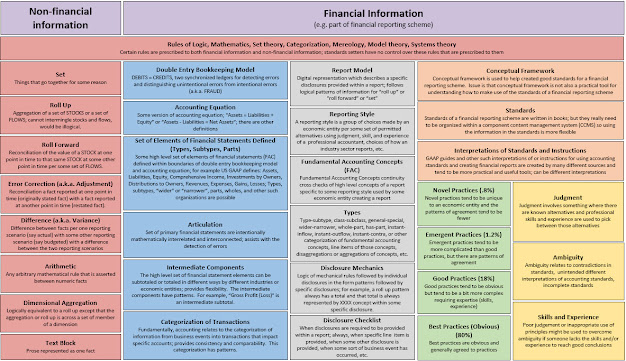Global Standards based Accounting and Reporting Oracle Machine Prototype

I keep coming back to the notion of an oracle or oracle machine. Prior posts are here and here . Now, I have a prototype of what something like an accounting and reporting oracle machine might look like. First, let me summarize again what an oracle machine is. An oracle is a person or agency, like a software application, considered to provide wise, insightful, useful information or counsel or perhaps useful simulations or predictions. For example, a Certified Public Accountant (CPA) provides accounting and business related advice on specific topics; a CPA is an example of an oracle: a trusted business adviser. An oracle machine can be thought of as a Turing machine connected to an oracle of machine-readable information and rules. The oracle, in this context, is a software application capable of solving some computational problem (logical, mathematical), which for example may be a construction problem, a decision problem, or a function problem . Think rules-based expert system fo





